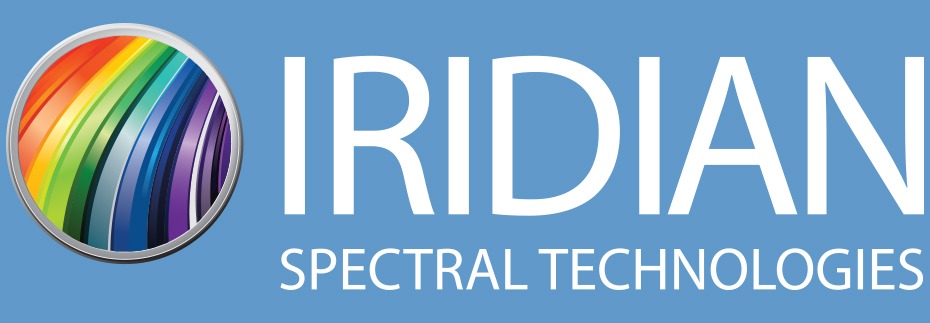Optical technologies are increasingly central to the growth of satellite communication constellations. These technologies not only facilitate diverse satellite networks and ground-to-satellite connections but also promise enhanced anti-interference through space laser communication’s narrow beam property. Bridging the gap between varying optical networks, optical format conversion technologies come into play. Among these, optical inter-satellite links (OISLs) are particularly noteworthy for their compactness, energy efficiency, and impressive multi-gigabit per second data rates. RF links are also viable. Both solutions offer unparalleled security, interference immunity, and benefit from a non-regulated optical frequency spectrum that optical communication links offer. Join us as we explore these technologies and their pivotal role in shaping the future of satcom constellations.
The Rise of Commercial Satcom Networks
The global demand for faster and more reliable internet has led to a surge in the development of commercial satcom networks. This growth underscores the pressing need for efficient communication links between these networks.
RF links have served as the backbone of satellite communication for decades. They provide reliable data transmission over vast distances. While RF Links have advantages, such as robustness in challenging atmospheric conditions, they also come with limitations. These limitations include constraints in terms of bandwidth and potential interference.
Optical inter-satellite links utilize lasers to transmit data between satellites. This method offers high-speed communication capabilities. The benefits of OISL include reduced latency, increased bandwidth, and the potential for more secure communications. As technology advances, OISLs are becoming a preferred choice for many satellite operators. Recent research indicates a growing interest in optical satcom, particularly due to its capability for higher speed, lighter weight, and higher efficiency compared to radio-based counterparts.
Comparing OISL and RF Links: Which is Better for Satcom?
Both OISL and RF Links possess distinct strengths. Factors like mission requirements, satellite altitude, and desired data rates significantly determine the best choice for satellite communication. It is worth noting that a hybrid approach, which combines the strengths of both technologies, might emerge as the optimal solution for future satcom networks. Let’s compare the strengths and weaknesses of each.
Optical Inter-Satellite Links (OISL)
OISL is a type of communication link that uses lasers to transmit data between satellites. OISL offers several advantages over RF links, including:
- Higher data rates: OISL can transmit data at much higher rates than RF links, making it ideal for high-speed data transfer applications.
- Lower power consumption: OISL requires less power than RF links, making it more energy-efficient.
- Lower interference: OISL is less susceptible to interference from other sources, such as satellites or ground-based transmitters.
- Unregulated spectrum – no licensing needed
- However, OISL also has some disadvantages, including:
- Limited range: OISL is limited compared to RF links, which can transmit data over much longer distances.
- Susceptibility to atmospheric conditions: OISL is affected by atmospheric conditions such as clouds and rain, which can interfere with the laser beam.
Radio Frequency (RF) Links
RF links are communication links that use radio waves to transmit data between satellites. RF links offer several advantages over OISL, including:
- Longer range: RF links can transmit data over much longer distances than OISL.
- Less affected by atmospheric conditions: RF links are less affected by atmospheric conditions than OISL, making them more reliable in adverse weather conditions.
- More established technology: RF links are a more established technology than OISL, meaning there is more experience and knowledge in designing and operating RF links.
However, RF links also have some disadvantages, including:
- Lower data rates: RF links have lower data rates than OISL, which can be a disadvantage for applications that require high-speed data transfer.
- Higher power consumption: RF links require more power than OISL, making them less energy-efficient.
- More susceptible to interference: RF links are more susceptible to interference from other sources, such as other satellites or ground-based transmitters.
- The use of the RF spectrum is regulated and so availability is limited
Iridian’s Role in Advancing Satcom Technologies
With a deep expertise in optical filters we’ve positioned ourselves at the forefront of developing cutting-edge optical filter solutions for the satcom industry as an integral supplier into OISL-based systems. As commercial satcom networks evolve with vast constellations of interconnected LEO satellites, the wavelength selectivity our filters offer ensures seamless, laser-based optical communications. Our solar rejection windows (SRWs) transmit the crucial communication band while blocking solar radiation, enhancing signal clarity and satellite operation. Furthermore, our high-performance filters, including dichroic and bandpass filters, offer high transmittance, reflection, and low wavefront distortion for satcom transceivers along with the ability to preserve polarization for secure communications.
The future of satellite communication looks promising, with technologies like OISL and RF Links paving the way for growth and innovation. As the industry continues its evolution, Iridian Spectral Technologies remains committed to providing the tools and expertise needed to propel satcom networks to new heights.
References and further reading:
- Tiwari, Gayatri. (2020). A Review on Inter-Satellite Links Free Space Optical Communication. Indian Journal of Science and Technology. 13. 712-724. 10.17485/ijst/2020/v13i06/147998.
- Flannigan, L., Yoell, L., & Xu, C. (2022). Mid-wave and long-wave infrared transmitters and detectors for optical satellite communications—a review. Journal of Optics, 24.
- Motzigemba, M., Zech, H., & Biller, P. (2019). Optical Inter Satellite Links for Broadband Networks. 2019 9th International Conference on Recent Advances in Space Technologies (RAST), 509-512.
